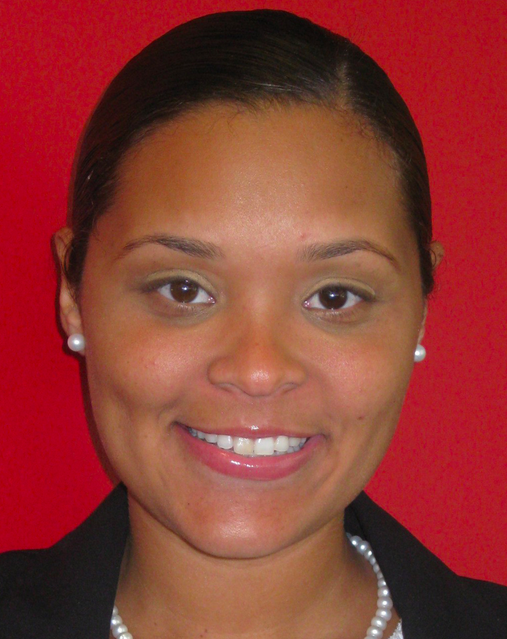By fall 2014, Teach for America hopes to place 30 recent college graduates in Idaho classrooms.
These graduates — members of the Teach for America “corps,” in the private group’s parlance — will spend a week in the underserved communities where they will be teaching, then receive five weeks of intensive training in one of nine teaching academies nationwide. Then they will return to the communities to complete a two-year teaching assignment.
The process is compressed, but the concept isn’t new. Teach for America has been in existence since 1990. In 2012-13, more than 10,000 of its teachers worked in 36 states. But only on June 20 did Teach for America get approval from the State Board of Education, putting Idaho in the midst of the debate over the New York-based nonprofit group and its growing educational footprint.
It’s unclear where Teach for America corps members might teach in Idaho. The group will only place teachers in districts that are willing to work with its corps members — and consider them alongside other applicants, as part of their standard hiring process.

“We have a few schools in mind,” said Nicole Brisbane, Teach for America’s managing director of new site development, who is working on the Idaho rollout.
“We haven’t started those conversations yet.”
Teach for America seeks out impoverished schools — and urban and rural communities alike. Corps members are placed in low-income schools, as defined by eligibility in free- and reduced price-lunch programs. They often wind up taking hard-to-fill teaching jobs, such as math and science, special education or foreign languages.
Teach for America corps members come from all academic fields — only 6 percent of its class of 2012 majored in education. But the organization touts not only its immersion training program but its rigorous selection process. In 2013, more than 48,000 people applied for Teach For America position.
Teach for America has another goal: to grow a cadre of alumni, who will become lifelong advocates for education. While some alums do go back to pursuing their original career path, after their two-year teaching commitment, 63 percent of alums actually remain in education in some capacity. A third of the alums continue on as teachers.
That means Idaho has been on the wrong end of a brain drain, Brisbane said. In 2012, about 100 Idaho college seniors applied with Teach for America. But until now, Idahoans have had to teach elsewhere.
Teach for America hopes to grow its Idaho program rapidly, adding 30 new teachers a year after the 2014-15 launch. This is consistent with Teach for America’s aggressive plans for national growth. By 2015, the group hopes to have 15,000 teachers working in 60 urban and rural regions nationally.
But as Teach for America pursues rapid expansion — amidst some backlash — the group is drawing criticism from a number of quarters.
One critic is an alum. Matt Barnum, a University of Chicago law student, taught for Teach for America in Colorado Springs. In a guest opinion published on a Washington Post blog site earlier this year, Barnum said it is time for Teach for America to disband — partly because the program forces school districts to invest large sums of money in preparing teachers who only stay on the job for a couple of years.
“Perhaps the loss of TFA would force districts to work on improving working conditions or pay, in order to retain top teachers,” Barnum wrote. “Perhaps it would help create more stability in schools. I admit this is speculative, and that many of these problems existed before TFA. It’s just as speculative, though, to suggest that TFA is currently having a positive influence on schools and students.”
In June, the backlash extended to the Minnesota state capitol. Gov. Mark Dayton vetoed a $1.5 million budget earmark that would have allowed Teach for America to recruit and train some 50 teachers in the state.
For now, at least, this isn’t an issue in Idaho. Teach for America relies largely on private funding, from national and local donors, although participating school districts are expected to pay for a portion of costs. The group usually tries to establish itself in a region over several years before seeking matching funds from states, Brisbane said.
As far as Idaho funding goes, Brisbane said, “Right now, we’re not thinking about that.”
For the State Board, the June 20 decision came with no financial obligation — a decision, of course, that would require support from legislators and the governor. And the proposal to launch Teach for America in Idaho passed unanimously, with scant discussion.
More reading: Here’s a recent Idaho Education News story on a Teach for America presentation in Boise, and a Caldwell teacher’s guest opinion criticizing the group’s practices.
